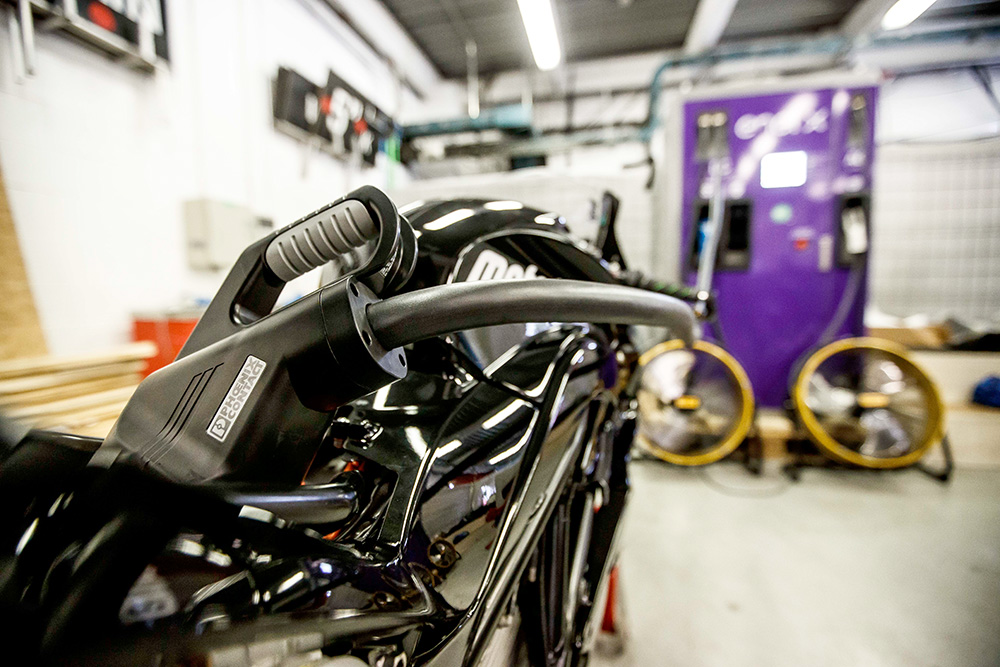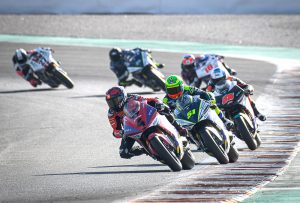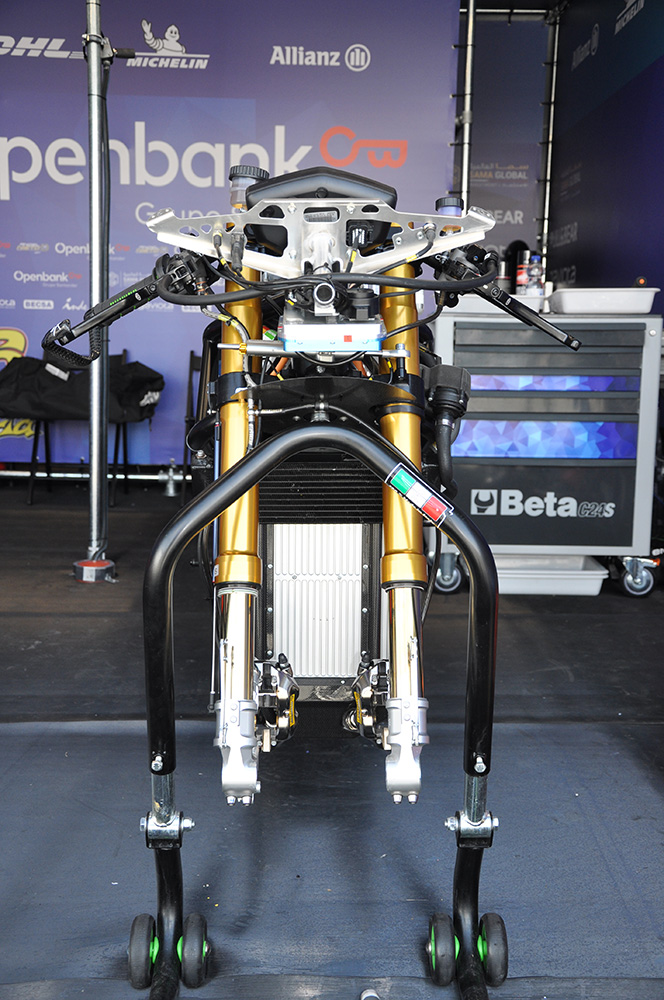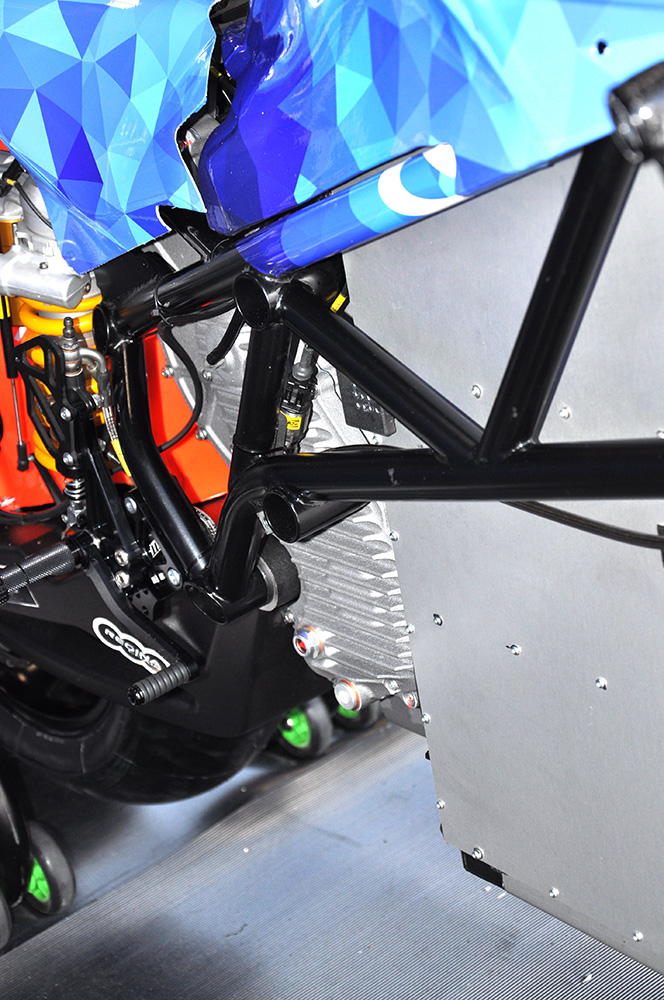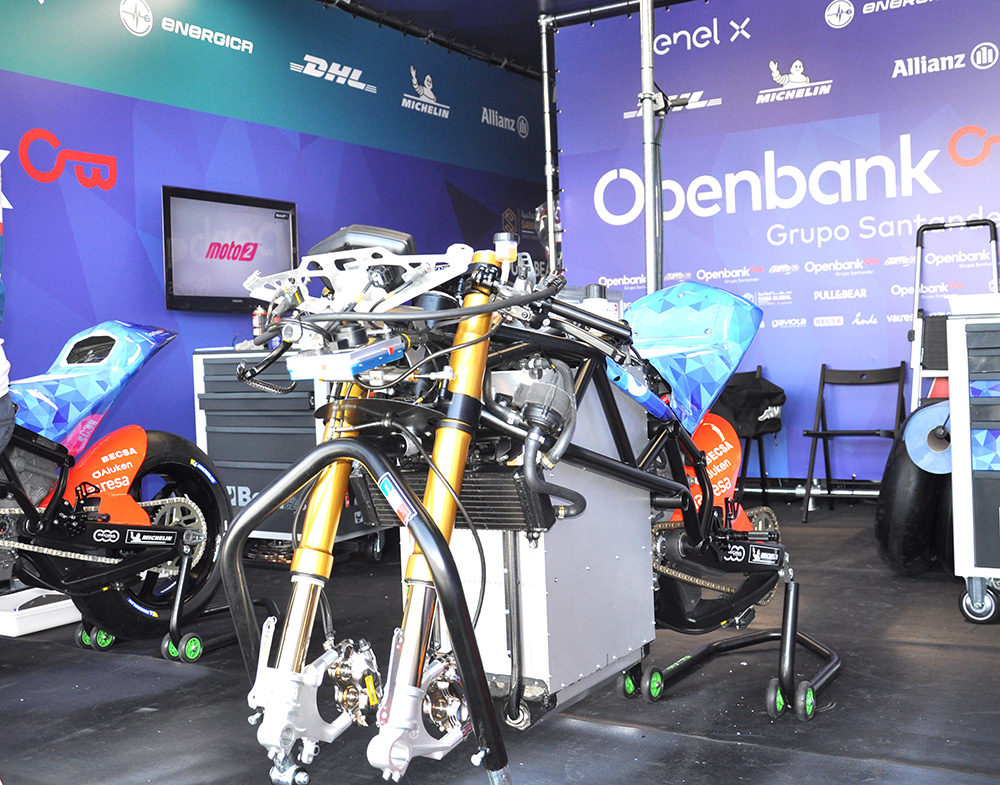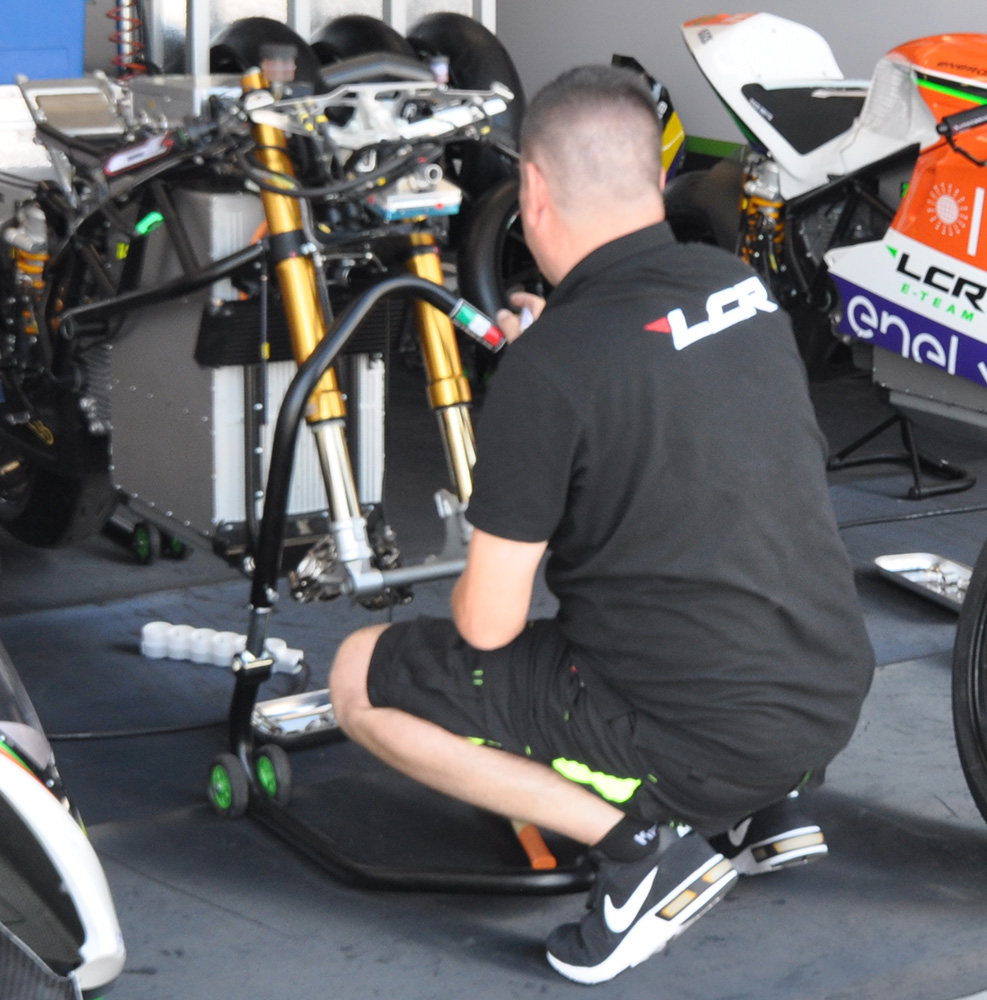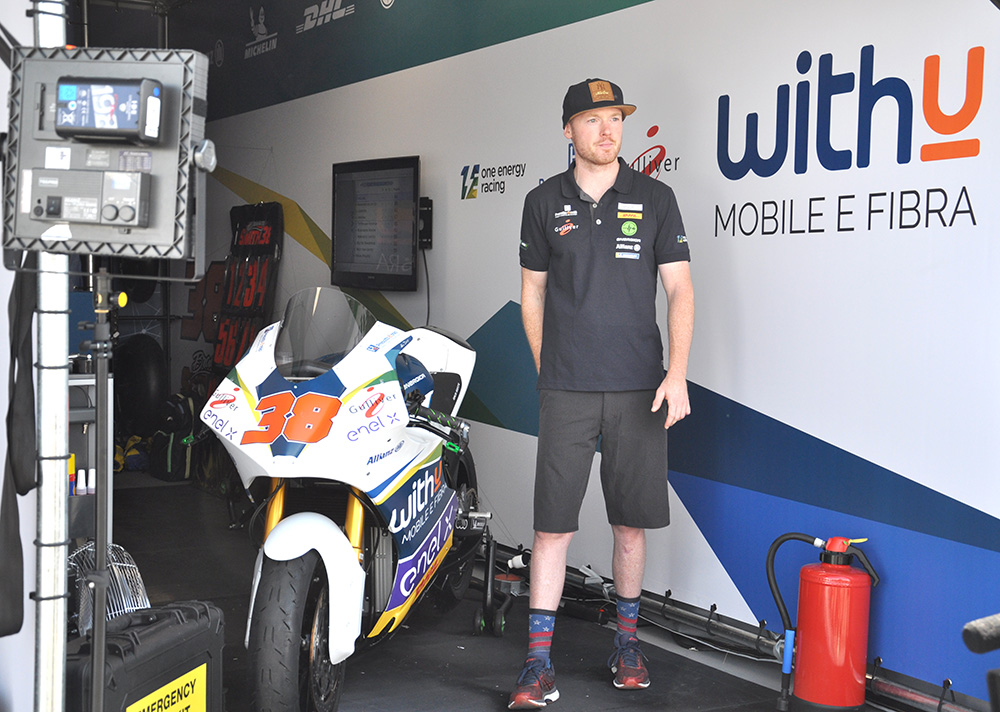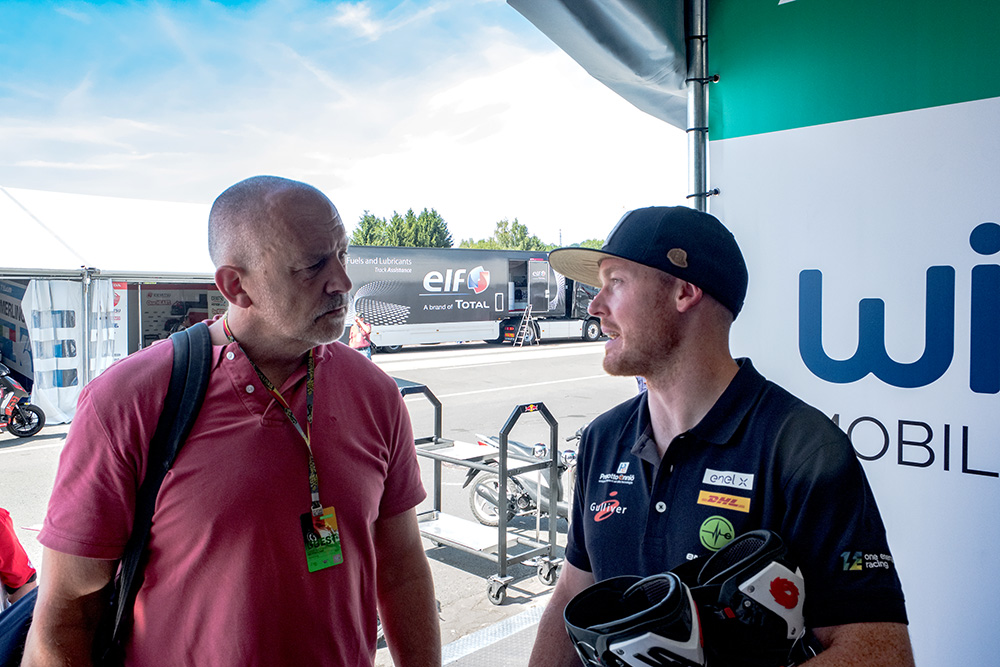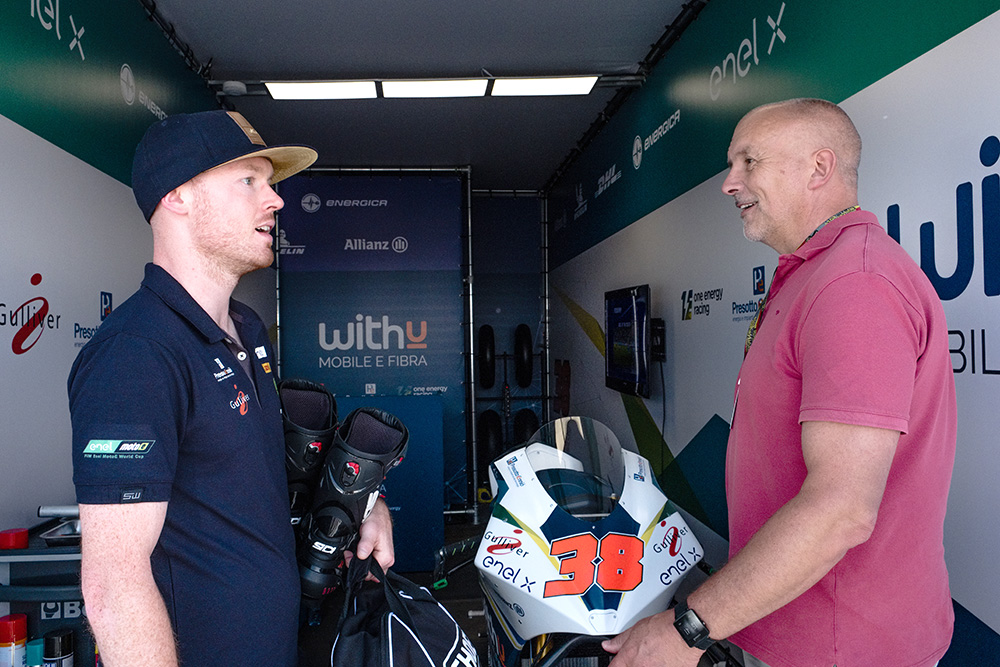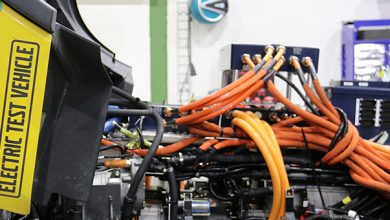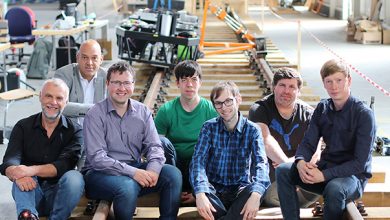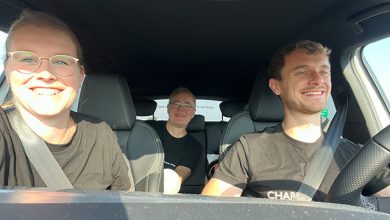Summer, sun, Saxony – in 2019 the world was still in order. No trace of the virus, but plenty of burnt rubber in the air. At least when you visit the speeding riders of the world motorcycle circus Moto GP at Sachsenring. And right in the middle of it all, arrow-fast quiet pedal with innovative technology. E-mobility at the limit of the possible.
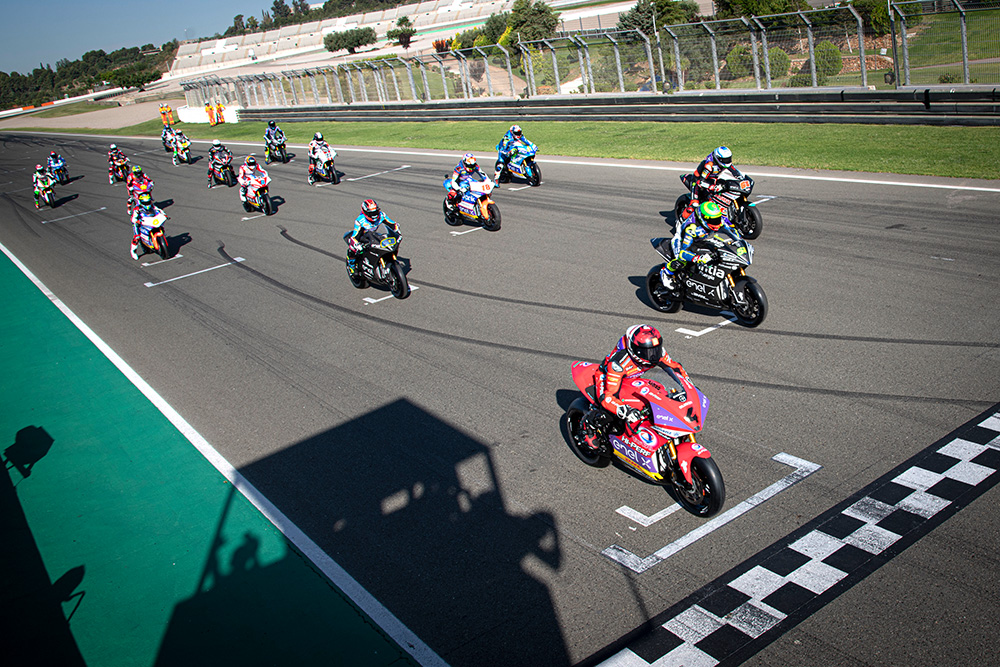
Racing events in the motorcycle circus are a world of their own. Here, clichés are served up in rows: long hair, black leather, wild beards, hard beats and above all the sound of engines, whether screeching and high-bred from Japan or dull-booming from the USA. Above all a mixture of oil, gasoline, rubber and barbecue sausage.
Screaming four cylinders, singing electric motors
In short: Just the right backdrop for an East Westphalian high-tech company well known to readers to clearly show its colors in the future of e-mobility. Because in 2019 a completely new motorcycle category was launched in the top class of racing, the Motorcycle Grand Prix: the MotoE. She too is fast as an arrow and strong as a bear. But without the typical screeching of the four-cylinder engine, which produces up to 15,000 revolutions. But the electrified speedsters are not silent either, because in addition to the singing tires, the powerful electric motor also produces high-frequency singing – an ode to the new form of locomotion.
It is no coincidence that the new racing series, which is to develop parallel to the classic MotoGP event, is not coming out of the blue. Racing has always been the ideal setting for the manufacturers of two-wheelers to bring their brand message to fans and the people. In the past, Ducati, Yamaha, Honda and Co.
But in the meantime a completely new form of electrified locomotion on two wheels is moving through the metropolises of the world, especially in Asia. There it is becoming increasingly difficult for the established big names to register their motorcycles with combustion engines. The smog clouds of the mostly inexpensive single engines, often two-strokes, which rattled through the narrow streets in their thousands, were too drastic. Even if the modern engines of the established manufacturers are significantly less polluting than their distant relatives from the cheap simple production – combustion engines all have it increasingly difficult.
It started with the scooter
The triumphal march of electric mobility has logically stirred up the scooter market in particular. And it is gradually taking off in the area of larger two-wheelers as well. Against the background of climate change and the energy turnaround, this is a logical step.
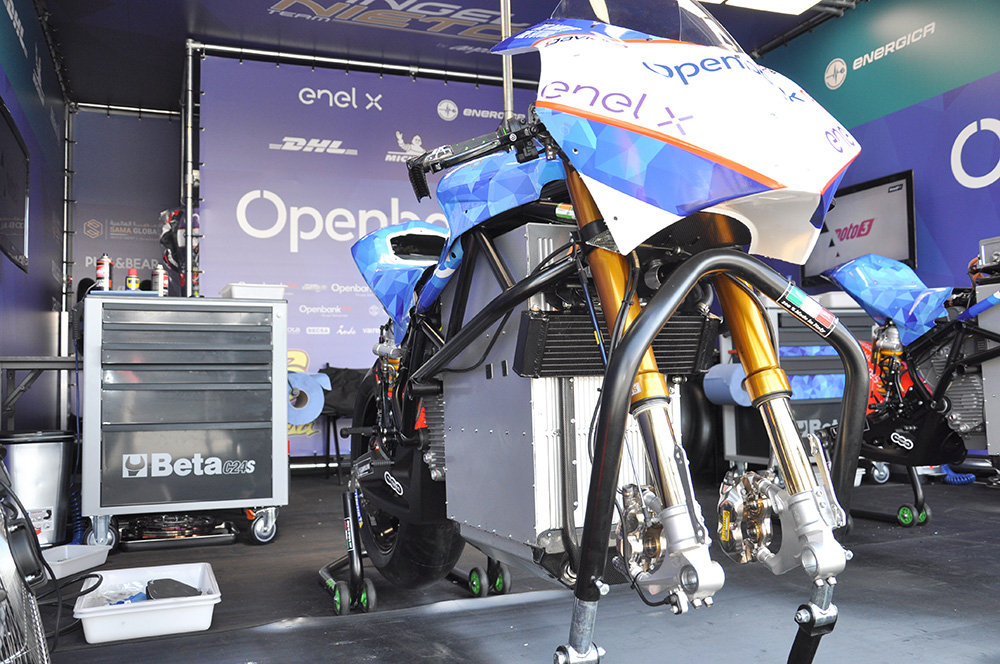
So there is great interest in bringing electromobility to the world of racing. And in the two-wheel sector, the proximity of series production to racing bikes is more pronounced, development is faster and financially more manageable than in four-wheel Formula 1.
And the racy speedsters do not have to hide from their exhaust gas-emitting counterparts. Although their battery load makes them much heavier than, say, the top class in MotoGP (157 kg versus 260 kg), they have long since achieved speeds and lap times equivalent to those of Moto2, the second strongest prototype racing class in the motorcycle world championship.
Performance explosion
The batteries, which the electric racing motorcycles have placed for propulsion where the tank and the motor unit are located in the case of combustion engines, have a capacity of 21 kW/h. This is enough to cover racing distances of eight to ten laps – quite sufficient for the introduction of a completely new racing series with new technology.
The performance virtually exploded, from an already remarkable 130 kW (177 hp) to 200 (272 hp), in qualifying even 250 kW (340 hp). And this with the typical characteristics of electric motors, which provide their maximum torque of around 215 Newton meters almost immediately.
Such a power density of batteries requires the best charging technologies available. The charging stations themselves come from the Italian manufacturer Enel. But on closer inspection, the connoisseur will also see well-known technology from East Westphalia: the CCS charging plugs and receptacles from Phoenix Contact are an integral part of the power filling of the hot runners.
Incredible acceleration
The ride on the electric cannon ball is not without its problems, as top driver Bradley Smith from the team One Energy Racing from England reveals in an interview: “The acceleration just out of the curve is simply crazy. Of course you notice the extra weight of the bike on the brakes, so I have to grab earlier and harder. That also costs time. And in tight corners I have to push the bike much harder with my body weight. That is heavy work. But when it comes to speed, the level of Moto2 has already been reached. And we are still at the beginning”.
2019 was the start of the series at the German Sachsenring. Phoenix Contact E-Mobility is official partner of Energica Motor Company SPA. The Italian electric motorcycle manufacturer not only produces three sinfully beautiful e-bikes for the road, but also all the motorcycles of the various racing teams. 18 machines are available to the 12 racing teams. Uniform technology in a racing series guarantees very special excitement, because this is how the rider and his skills are most important. The basis of the racing motorcycles is the street legal and freely available “Energica Ego”.
Termination and still success
Although the actual race at the Sachsenring was limited to only eight laps, this did not detract from the seriousness of the athletes and their crews, because the hot e-bikes were extensively maintained, optimized in details and star riders were hired who are able to arrow the bikes around the track in a species-appropriate manner.
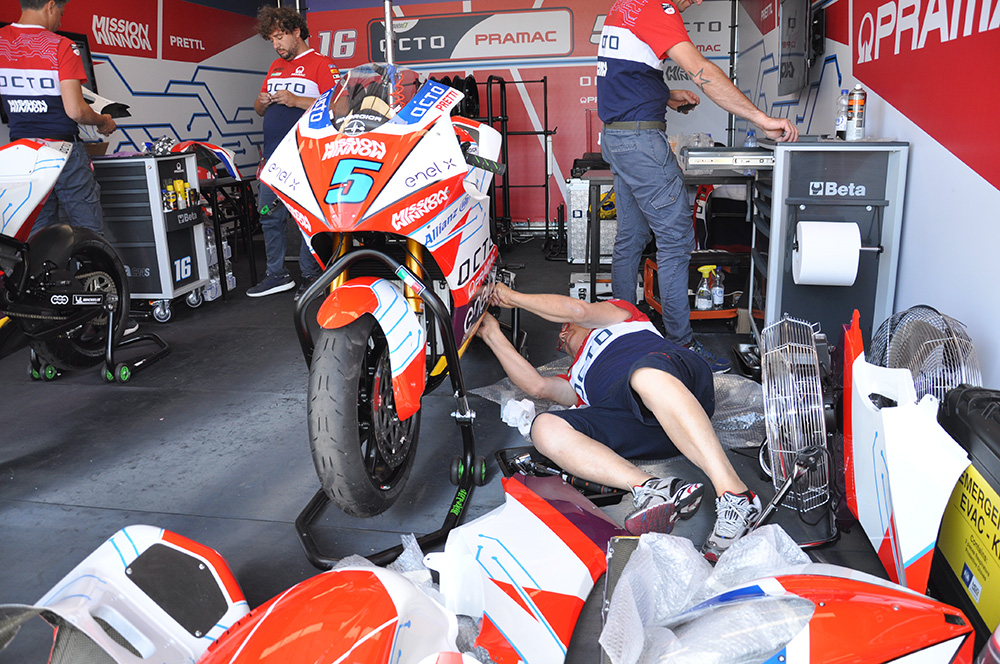
You can’t plan everything: The race was cancelled on Sunday after only five laps – a heavy fall due to the sudden rainy weather was the reason. Our interview partner Bradley Smith became second, behind the Finn Niki Tuuli of the Ajo team. He may adorn himself therefore with the historical title of the first winner in the racing series of the MotoE. And under him, hidden by fairing and stickers, a small but important piece of East Westphalia rode along on the victory ride.
